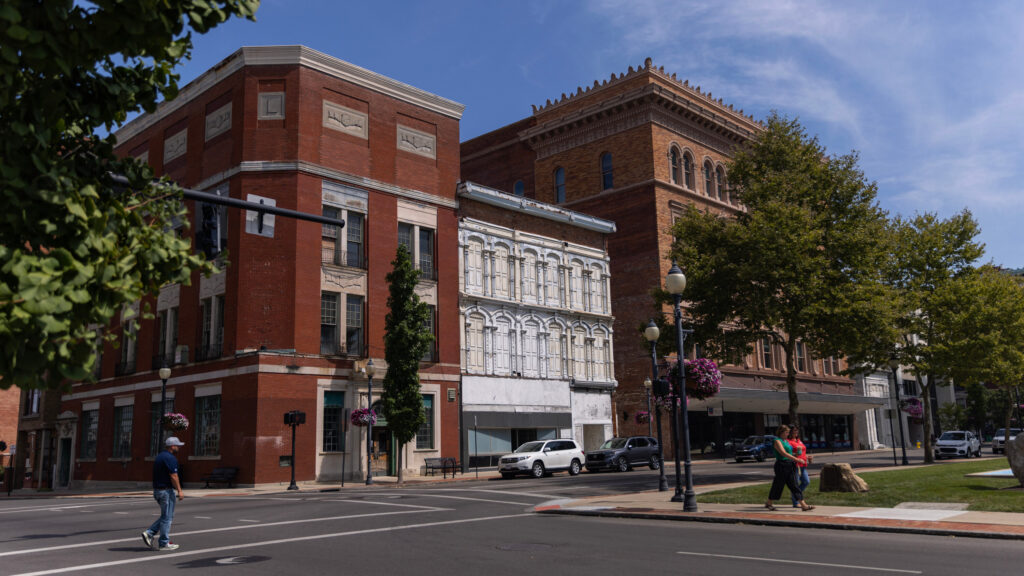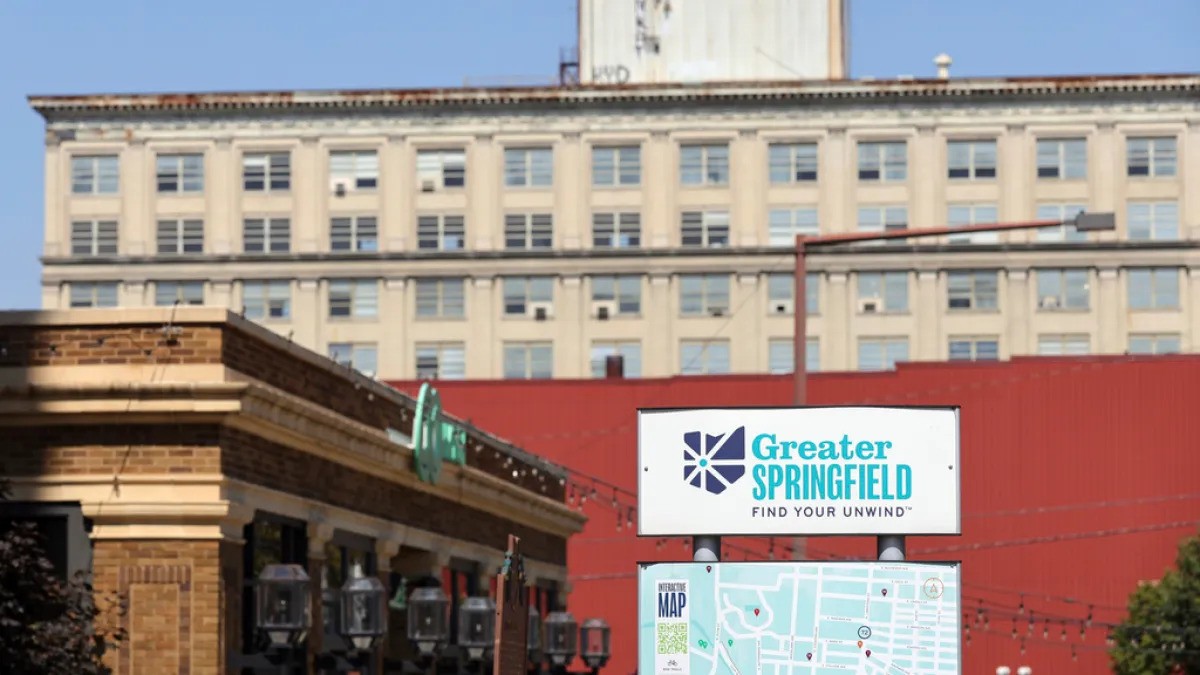Springfield, Ohio, a once quiet town of under 60,000 residents, has become a focal point in national debates over immigration. The arrival of 15,000 to 20,000 Haitian migrants in recent years, following decades of population decline, has sparked both economic revitalization and significant community tensions. Now, in the wake of President-elect Trump’s victory and his promises of sweeping immigration reform, many of these migrants are leaving, fearing what the future holds.
A Town Transformed, Then Strained

The influx of Haitian migrants brought a sudden population boom that overwhelmed local resources. Long-time residents have voiced concerns about strained public services, rising rents, longer wait times for healthcare, and road safety issues.
“People are leaving,” said Margery Koveleski of the Haitian Community Alliance (HCA). “Some folks don’t have credit cards or access to the internet, and they want to buy a bus ticket or a plane ticket, so we help them book a flight.”
Many migrants had temporary protected status (TPS), allowing them to live and work in the U.S. for a limited time. However, President-elect Trump’s campaign promise to end such permits has triggered panic among Springfield’s Haitian community.
Fears of Deportation Drive Migration
Jacob Payen, a co-founder of the HCA, said the election results have accelerated departures.
“People are fully aware of the election result, and that is why they are leaving; they are afraid of a mass deportation,” Payen explained.
“Several of my customers have left. One guy with his family went to New Jersey; others have gone to Boston. I know three families that have gone to Canada,” he added.
Some migrants are relocating to nearby cities like Dayton, hoping to stay under the radar of law enforcement. Others, who previously sought asylum in Brazil, are considering a return to South America.
Roots of the Crisis

Haitians fled their homeland amid a 2018 political crisis that plunged the nation into chaos. Rampant gang violence, coupled with unstable leadership, has made life untenable for many. Just this month, a transitional council ousted Haitian Prime Minister Garry Conille after only six months in office.
In Springfield, migration became a flashpoint in the recent presidential election. “They’re eating the dogs, the people that came in, they’re eating the cats,” Controversial claims about migrants stirred national attention when President-elect Trump stated during a debate. “They’re eating the pets of the people that live there, and this is what’s happening in our country, and it’s a shame.”
Economic Implications for Springfield
The departure of Haitian migrants is already having a ripple effect on Springfield’s economy. Migrants filled thousands of jobs in local industries, including packaging and auto plants, while their businesses contributed to the area’s revitalization.
“I pay thousands of dollars in income and property taxes every year,” Payen noted. “And – because I work with Haitians to file their taxes – I see their W-2s and so on. If these people leave, that money is gone from the city and the local economy.”
Haitian restaurants in Springfield, which frequently source food from out of state, also risk closures as their customer base dwindles.
Looking Ahead

The incoming administration’s hardline stance on immigration, highlighted by the appointment of South Dakota Governor Kristi Noem as secretary of the Department of Homeland Security, underscores the challenges ahead. Noem, known for deploying her state’s National Guard to the southern border, will oversee TPS and other immigration policies.
Meanwhile, Springfield braces for further economic fallout as its Haitian community continues to shrink. For a town that once found opportunity in welcoming newcomers, the future remains uncertain.



